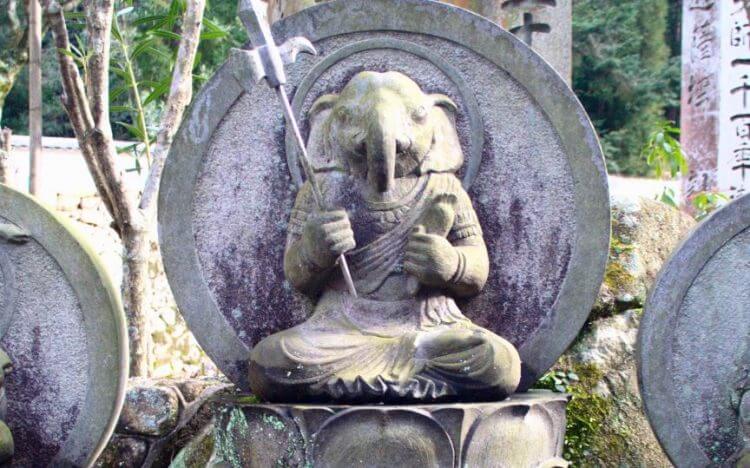In classical Japanese, India is known as ‘tenjiku’, which translates as “the land of heaven”. This is only an indication of how Japanese culture appreciates the Indian civilization. This term, again, is derived from the Chinese word ‘Tianzhu’. Indian ideas, philosophies, and cultures had spread to China through Shakyamuni Tathagata Buddha who went to China… Continue reading Why Japanese religion is similar to Hinduism?
Category: Featured
Awe-Inspiring Ruins Of Hampi
Ancient Vijayanagar, now known as the village of Hampi was the capital of the greatest and one of the most famed the Hindu Kingdom of Vijaynagar. Located in the northern part of the state of Karnataka in South India, the village of Hampi has some extremely captivating ruins, intriguingly intermingled with large boulders that rear up all over… Continue reading Awe-Inspiring Ruins Of Hampi
16 Legendary Lost Cities of India
These cities were once inhabited but due to wars, natural calamities and climate change, they were abandoned many, many years ago.
40 Important Facts About the Indus Valley Civilization
Indus valley civilization is a rich civilization and one of the most important civilizations that existed in the world. Ancient India during the Harappan era had one of the largest populations in the ancient world, far greater than the Middle East or Europe.
13 Ancient Indian Sages Whose Contributions Were Far Ahead Of Their Times
In ancient times, India was one of the most advanced nations in the world. India has made many valuable contributions to the world. Centuries ago Indian sages had the kind of knowledge which many modern scientists lacks. Many Indian sages made discoveries that no one could think of back in those times.
12 Most Beautiful Stepwells In India
It is estimated that over 3,000 stepwells were built in the two northern states. Although many have fallen into disrepair, were silted in at some point in antiquity, or were filled in with trash in the modern era, hundreds of wells still exist. In New Delhi alone, there are more than 30.
Top 10 Sun Temples in India
The sun temples of India were dedicated to the Hindu deity Surya, with the most prominent being the Konark Sun Temple at Konark in Odisha. References to sun worship are found in the puranas.
Kailasa – Magnificent Indian Temple Carved from One Giant Rock
The temple itself was built out of a single rock, 164 feet deep, 109 feet wide, and 98 feet high, making it ONE of the BIGGEST MONOLITHIC structures on the planet, carved out of a single rock.
Kumbhalgarh – The Great Wall of India
Long overshadowed by its lengthier neighbor to the east, this is the second largest continuous wall on the planet. Some call it by the name of the fort it surrounds – Kumbhalgarh. Others simply refer to it as The Great Wall of India. Yet bewilderingly, it is still little known outside its own region.
Top 15 Magnificent Rock-Cut Caves In India
Rock-cut architecture is the practice of creating a structure by carving it out of solid natural rock. There are more than 1,500 rock-cut temples in India, most of which are religious in nature, adorned with decorative paintings and exquisite stone carvings reflecting a very high level of craftsmanship.

